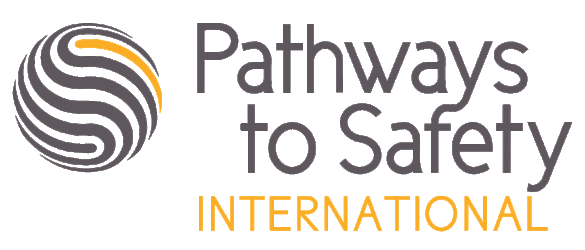TYPES OF STALKING
Stalking is a series of actions or pattern of behavior that is directed towards a specific person that would cause a reasonable person to feel fear or danger. Types of physical stalking may include the following:
Physical Stalking and Abuse
- repeatedly calling you or calling then hanging up
- following you or showing up wherever you are
- driving by or hanging out at your home, school, or work
- sending unwanted gifts, letters, or other communications
- damaging your home or personal property
- monitoring your computer or cell phone use
- hiding cameras in your bag or on your person
- threatening to hurt you, your family, friends, or pets
- going through your garbage or using public records to find out about you
- hiring investigators or contacting people you know to get information on you
*Information adapted from the Office of Victims of Crime. http://victimsofcrime.org/docs/default-source/src/english-aybs-2015.pdf?sfvrsn=2
Online Stalking and Technology-Facilitated Abuse:
Abusers often misuse technology to harass, monitor and control their victims, or otherwise jeopardize their safety. It is not uncommon for an abuser to use technology to isolate their victim from supportive friends and loved ones. Abusers also use technology to discredit a victim or damage their work-life. Stalking technology is often inexpensive or free, accessible, and easy to use, even for abusers who are not familiar with technology. Online abuse may escalate to offline abuse, including forms of physical and emotional abuse. Types of online stalking and technology-facilitated abuse may include:
- forcing someone to reveal their user names and passwords to online accounts
- accessing someone’s computer or online accounts without their permission or knowledge
- harassing, intimidating, or making violent threats to someone on social media, via email, or text messages
- pretending to be someone else in a text, over the phone, or on social media
- posting sexually explicit photos, videos, and personally identifying information online without consent
- using listening devices to eavesdrop on someone’s phone calls or activities
- using GPS devices to track someone’s location in real time
- using apps that collect information from someone’s smart phone without their knowledge
- installing monitoring/surveillance software on someone’s cell phone, computer, or other device
- spoofing caller ID (manipulating caller ID so that it appears as though someone other than the abuser is calling)
If you think you are a victim of stalking abroad, tell someone you trust immediately. Pathways advocates are available 24/7 to help you or a loved one create a safety plan. Please visit our tech safety and get help now pages for more information or to contact a Crisis Advocate.
*Information adapted from the National Network to End Domestic Violence, http://nnedv.org/projects/safetynet.html
